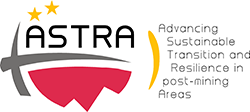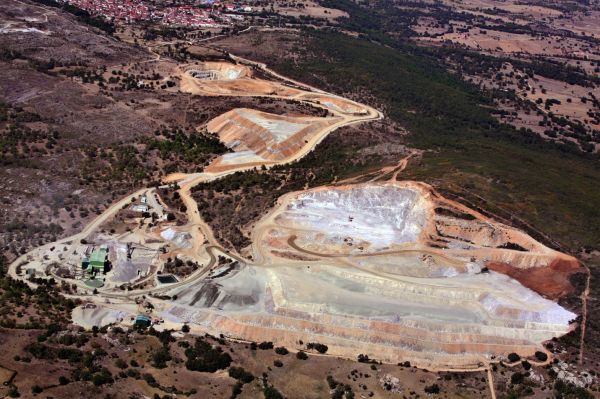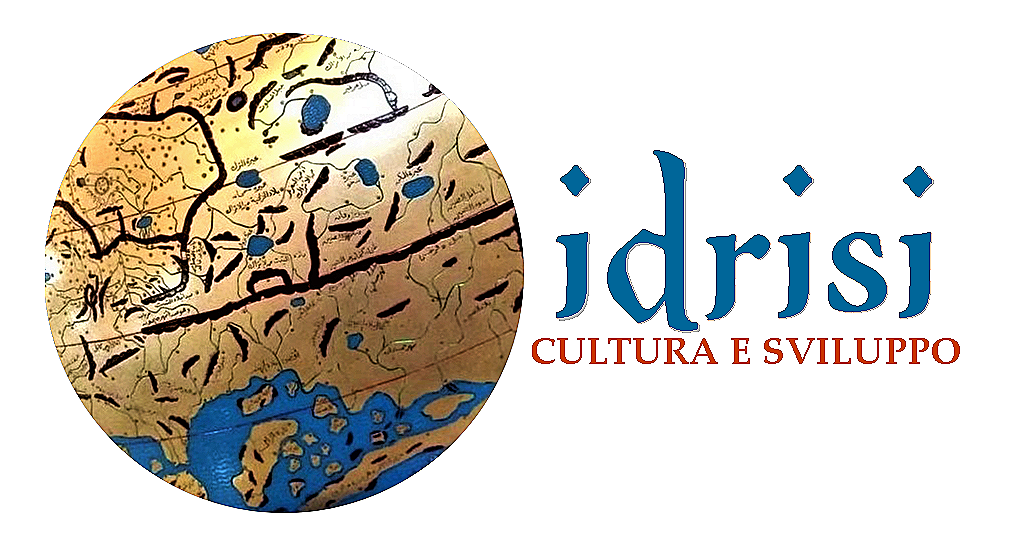Los Santos mine
40º 32' 39'' N 5º 47' 39'' W
North-West
Spain
Description
Los Santos Mine is a tungsten open pit mine in the province of Salamanca (Spain). The only tungsten producing mine in Spain, it has been in continuous production since its commissioning in 2008.
Extracted Materials
Los Santos mine has been focused on utilizing its expertise in order to optimize operations, reduce costs and improve the tungsten recovery rate. To date Almonty has achieved an approximate 50% recovery rate of WO3 from its tailings retreatment as a result of continuing tests and trials, a substantial improvement from the 35-40% recovery rate attained in the initial stage of tailings retreatment.
Antropological info
In 2003, when Chris Ballard and Glenn Banks updated - and upgraded - Ricardo Godoy's call for a systematization of an Anthropology of Mining (1985), they simultaneously warned: “mining is no ethnographic playground”. Focused mainly in situations across the Asia-Pacific region, the review questioned the often monolithic “characterizations of state, corporate, and community forms of agency” and charted the debate among anthropologists involved in mining about the appropriate terms of their engagement - as consultants, researchers and advocates. Differently from the context analyzed by Godoy in the mid-1980s, the authors emphasized the novel and complex scope of mining activities, particularly the interplay of actors involved in large-scale hard-rock mines in the new millennium, ranging from local to global players: that is, indigenous peoples, local communities, state agencies, transnational corporations, national and transnational NGOs, social and environmental movements, international institutions, among others. Each of these actors has a different agenda, scope of actions and quantum of power at the mining sites. Ballard and Banks, drawing on Gedicks' (1993) “resource wars”,1 pointed out the context of conflict typical of mining settings and the necessary considerations of the position of Anthropologists within these.
Sociologal info
Examples of such conflict are many, and several reasons have been advanced as to the causes for these conflicts and are based on structural controls of different governments.
Archaeological info
The open pit operations are conventional drill and blast operations, using mining contractors. Mining operations are based on mining 10m benches in waste, and 5m benches in ore, with 0.5m of sub-drilling. The blastholes are 3.5 in. in diameter, and drilled on a 3m x 2.5m pattern in Los Santos Sur, and a 3m x 2.5m pattern in the other pits. Pre-split lines are drilled along the edges of final walls. These pre-split holes are 3 in. in diameter, and are 0.8m apart. When water is present, water-resistant emulsion explosives (Riogel) are used. The night following every blasting containing ore, a team of geologists checks with ultraviolet (UV) lighting the real position of the ore after blasting displacement, in order to reduce dilution to the minimum.
Sustainable tourism insights
In the first week of November, we went to visit the Los Santos mine, one of the largest tungsten reserves in Spain, with a view to seeing current operations and discussing the other activities of the company in Spain, Australia and South Korea. The CEO of Almonty Industries (TSXV:AII), Lewis Black was on site at the time, as were staff that had worked at or visited the company’s other operations around the globe. Interestingly the staff are composed of a strong component of Portuguese mine staff, many of whom are known to the company management since the days when the Almonty team ran Primary Mining, which owned the Panasquiera Tungsten mine in Portugal.
Environment sustainability
The mining method is open pit mining by transference in which the excavated pit volumes can be subsequently used for waste dumping purposes. With respect to water management, underground water is intercepted in some of the open pit workings. This water is currently used for dust suppression on the haul roads. Some of this water is also used to augment the water used in the processing plant. Ahead of reusing the water from the pits, the water used in the plant is sourced from the local municipal water supply. The plant design has been modified to recycle as much water as possible. There is no tailings discharge from the process and no tailings dam: all plant waste is dewatered and transported back to the mine waste dumps for disposal. These tailings will be reprocessed in a later phase of the project and used to restore the last pit shell.









